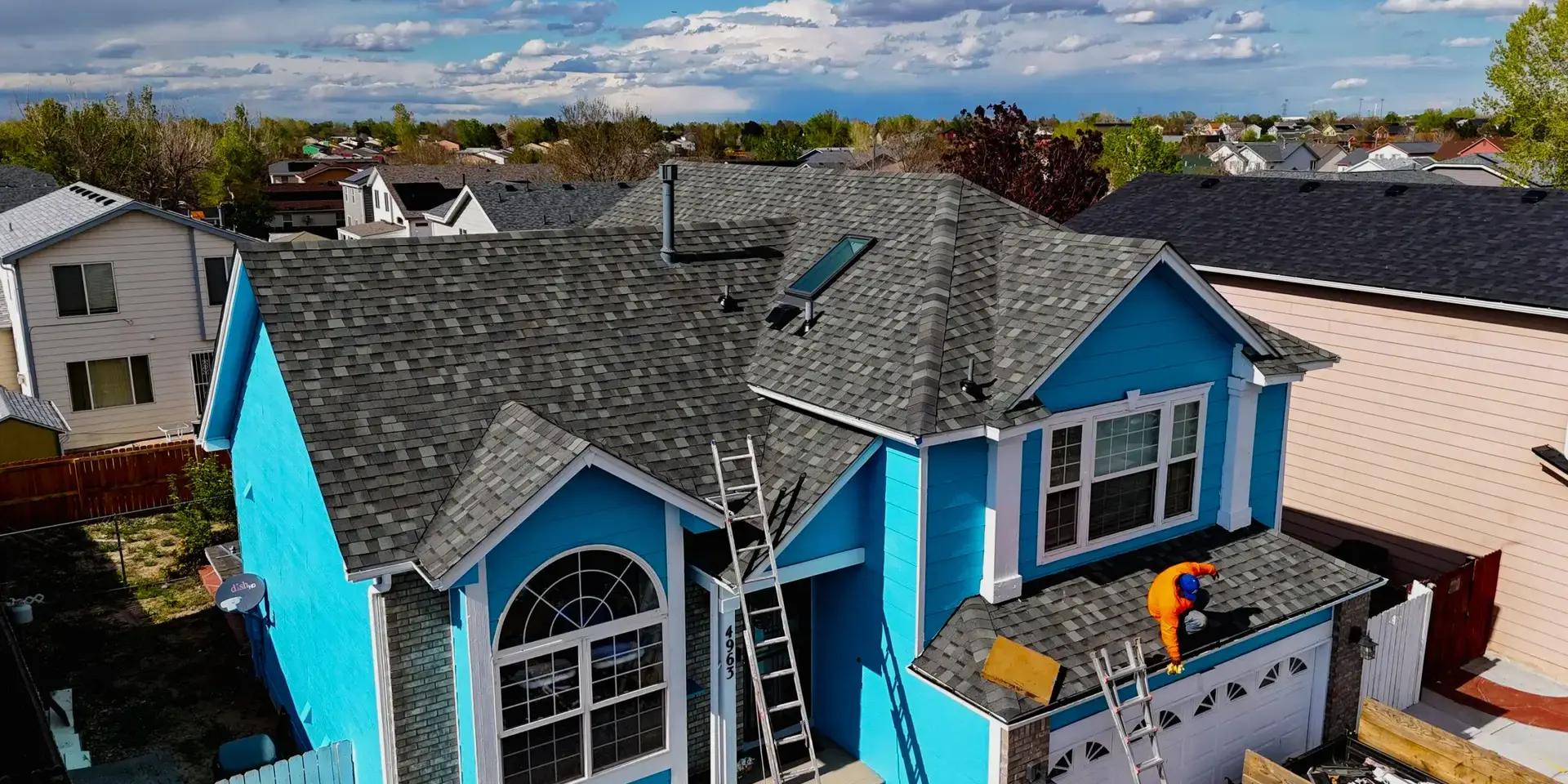Comprehensive Home Roof Maintenance: Avoiding Those Hidden Mistakes
The Core Importance of Routine Roof Inspection and Upkeep
A roof isn’t merely the covering of your home; it is the first line of defense against weather, thermal loss, and structural degradation. Over time, materials degrade, flashing weakens, and shingles can loosen or warp. Conducting systematic inspections at least twice annually—typically in spring and fall—is a key preventative measure. Attention should be given not only to visible surfaces but also to underlying structures in the attic, drainage systems, and roof penetrations.
Recognizing Early Damage: Shingles, Flashing, Valleys
Cracked, broken, or missing shingles are often the first signs of wear. Wind, sun exposure, hail, or seasonal freeze-thaw cycles can degrade materials, causing curling edges or granule loss. Valleys—where two roof planes meet—tend to accumulate debris and standing water, accelerating wear. Flashing around chimneys, vents, skylights, or wall interfaces can corrode or pull away, allowing water intrusion if not properly sealed or aligned.
Debris Accumulation and Roof Drainage Challenges
Leaves, twigs, dust, and other debris tend to gather on roofs and in gutters. When left unchecked, they trap moisture, foster moss or algae growth, and inhibit drainage. Overflowing gutters can cause water to flow under shingles, seep into structural components, or back up into attic spaces. Gutter guards and regular clearing are essential to maintain proper water flow away from roof edges.
The Perils of Pressure Washing and Improper Cleaning
High-pressure washing is often tempting for quick cleaning, but it can damage shingles—removing protective granules, loosening underlayment, or causing leaks through force penetration. Instead, gentle cleaning methods—low-pressure rinsing, soft brushes, mild cleaners—are safer options to remove biological growth or dirt without compromising the roof’s integrity.
Attic Ventilation, Insulation, and Thermal Control
Attics with poor ventilation or insufficient insulation create problems: heat and moisture build up in warm seasons, potentially damaging roofing materials from below; in cold seasons, warm attic air can melt snow on the roof, which then refreezes at eaves, forming ice dams. These conditions can warp roofing components, degrade shingles, or stress flashing at edges. Ensuring proper intake and exhaust ventilation helps regulate temperature and moisture, preserving roof performance and extending lifespan.
Delaying Repairs: When Minor Issues Become Major Problems
A small leak or missing shingle seems trivial, but neglected issues often escalate. Underlying water infiltration can damage insulation, structural supports, and interior finishes. The cost of repair multiplies when small issues are deferred. Addressing even minor damage promptly can prevent extensive replacement or costly interior damage later.
Material Selection and Quality Considerations
Not all roofing materials are created equal. Choosing low-quality shingles or underlayment can reduce resistance to weather, shorten warranty coverage, or reduce durability. Material compatibility matters (climate, slope, wind load). Premium materials matched to the local environment and installed correctly will perform better long-term. Cutting corners on materials often leads to increased maintenance or premature replacement.
Safety Risks of DIY Roof Work
Roof work involves inherent safety risks—steep slopes, fragile materials, ladders. Untrained attempts can lead to falls or damage to roofing components. Even stepping on fragile shingles can crack or loosen them. Professional technicians use proper safety harnesses, non-slip footwear, and specialized equipment.
Hidden Issues: What You Might Not See
Some damage is hidden: rotted sheathing under shingles, compromised underlayment, decayed rafters, or compromised joints. Regular inspections by professionals can identify invisible issues: degraded attic framing, moisture intrusion behind walls, or deteriorated sealants at roof penetrations.
Choosing a Trusted Professional for Roof Service
Selecting a reliable contractor is essential to ensure quality workmanship and safety. For instance, GCCS Roofing, LLC, based in Littleton, CO, offers expert roof inspections, repairs, and replacements tailored to local climate conditions and building requirements. Verification of license, insurance, references, and warranty terms helps protect homeowners and ensures long-lasting results.
Best Practice Schedule and Maintenance Checklist
We recommend the following maintenance rhythm:
- Spring: inspect for damage after winter (ice, snow, cold exposure), clean gutters, check attic insulation and ventilation.
- Fall: clear debris, inspect after storms, trim overhanging tree limbs.
- After major weather events: assess for wind damage, hail impact, or heavy precipitation.
Long-Term Benefits of Proactive Maintenance
Consistent maintenance enhances roof lifespan, reduces repair costs, preserves home value, and prevents interior damage. It also helps maintain efficiency in energy usage by avoiding leaks or heat loss.
CONCLUSION
Taking a meticulous, timely, and professional approach to roof maintenance allows homeowners to avoid common pitfalls, preserve structural integrity, and protect their investment from preventable damage.







